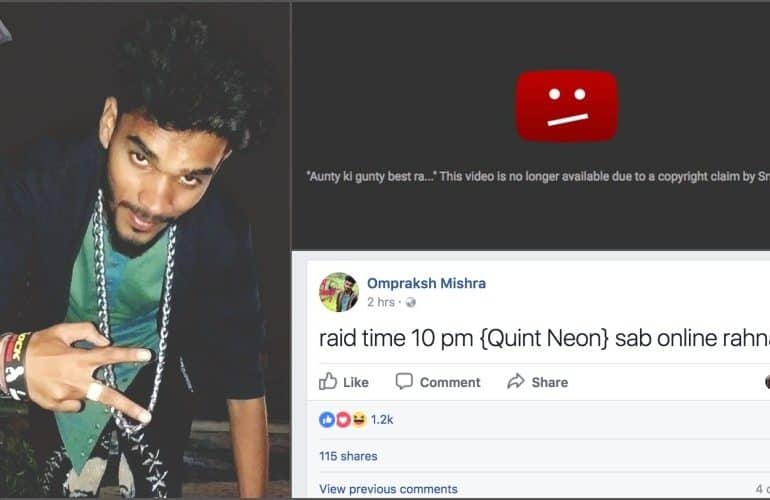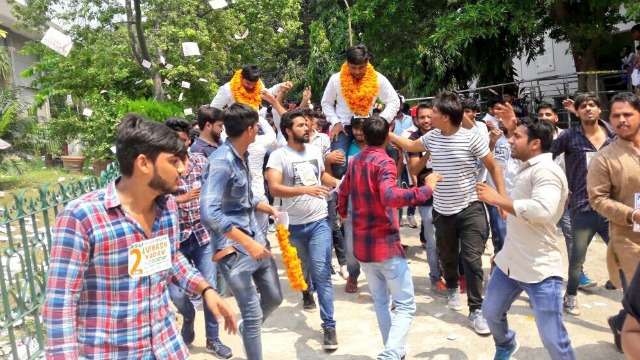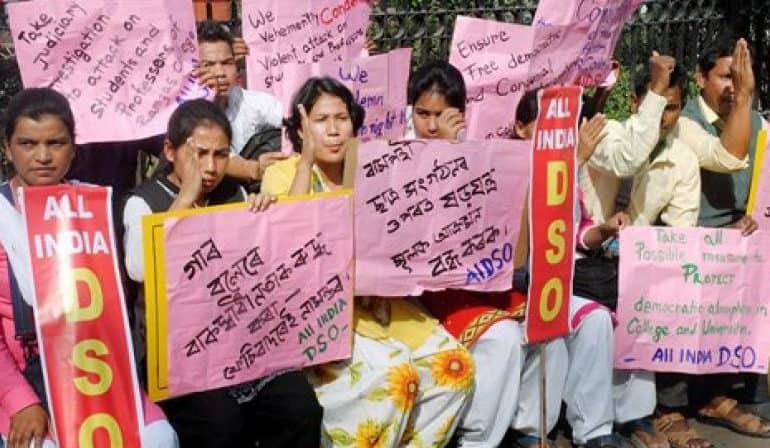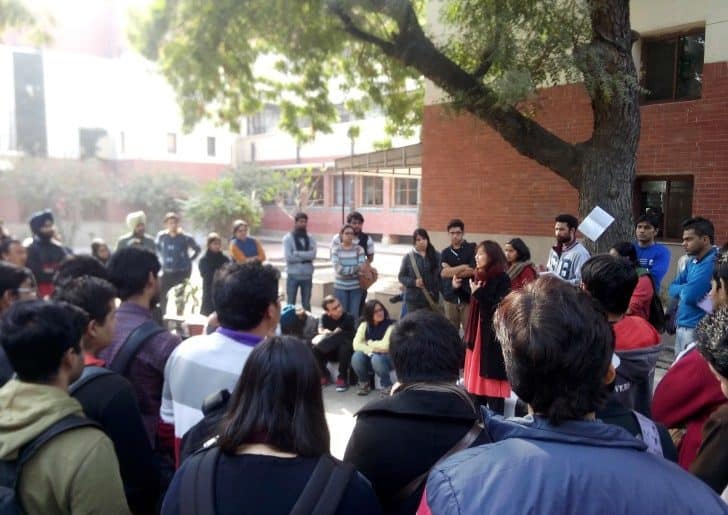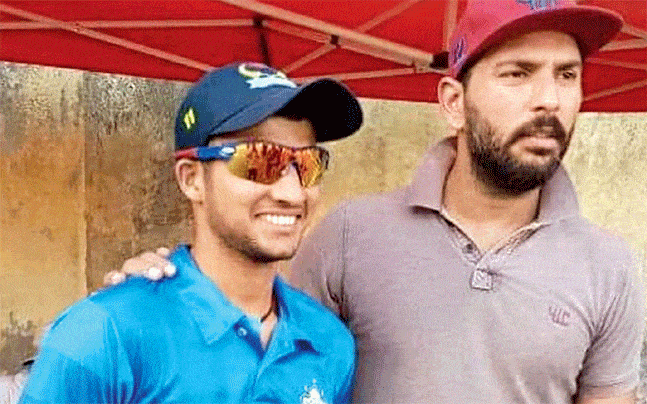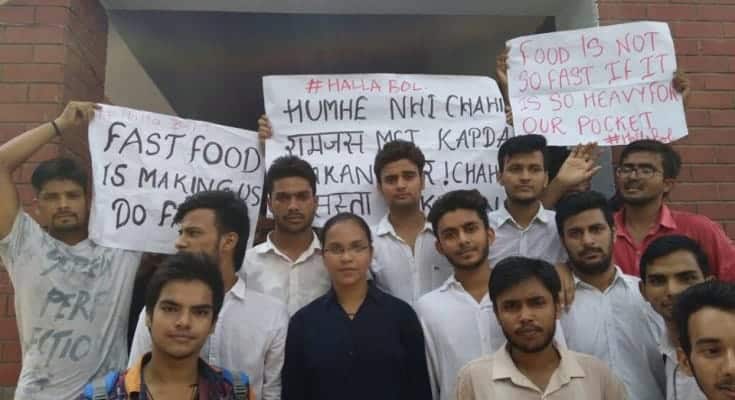‘Cringe Pop’ by popular definition describes itself as a genre of pop music, wherein the music and music videos are “so bad that you cannot stop watching them”. The world’s initial introduction to this form of pop music was in 2011, when Rebecca Black released her immensely popular number ‘Friday’ which received negative reviews universally. In the following years we saw many additions to the field of cringe pop music, ranging from Piko Taro’s ‘Pen Pineapple Apple Pen’ to Taher Shah’s ‘Eye to Eye’ and ‘Angel’. The Indian cringe pop field became a huge sensation with Dhinchak Pooja releasing ‘Swag Wali Topi’ on her social media pages. This led to her becoming the most popular social media figure on a national scale, after which she went on to release more cringeworthy tracks and became an inseparable part of the Indian memes community.
Dhinchak Pooja is still one of the most talked about ‘cringe pop stars’, however her fame has come to a partial standstill with the rise of Om Prakash Mishra and his song ‘Bol Na Aunty Aau Kya’ which has gained a lot of popularity based not only on its cringe factor, but also on the its sexist and abusive lyrics. The music video created by Om Prakash Mishra went up on YouTube in 2015; however the video suddenly gained immense attention in 2017 as it went viral on all social media handles in India. At first, the song was laughed upon for its absurd lyrics and the singer’s absolute lack of musical talent. However, soon after it was noted that these lyrics are not only absurd, but also immensely sexist. To add fuel to the fire, a number of people gathered in Connaught Place (Delhi) and Marine Drive (Mumbai) to shout out the song’s chorus for a kick. Several people and media houses called out this song on its lyrics; this was followed by A journalist from The Quint making a video exhorting viewers to report the song’s video on YouTube so that it could be taken down. The video was eventually taken down by YouTube due to a copyright claim by someone named ‘Smokedlime’. Ever since this incident, the Quint journalist has received numerous online threats on the grounds of rape and death from numerous harassers.
The song being taken down attracted criticism from several quarters for being an overreaction, a blockage to freedom of speech and unnecessary censorship for a video which was meant to be taken as a joke. However, can this song be defended on the grounds of freedom of speech or is it actually an overreaction? The Indian youth needs to understand that there are many layers to this issue, the first being that Om Prakash Mishra belongs to a section of society which considers the viewing of women as a sexual object as a very normal notion. The second issue is that this outrage is also heavily hypocritical because the consumers of the entertainment industry accept songs like ‘Munni Badnaam Hui’, ‘Balatkaari’, ‘Volume 1’ amongst countless other such tracks, but take offence when it comes to Bol Na Aunty Aau Kya. Are we playing a part in the popularity of these songs which are so intrinsically misogynistic? The society mindset needs to change collectively in order to banish this notion of treating women like sex objects, this way, the creation these songs will eventually also come to a stop. Or is that too utopian? That’s for us to decide.
Image Credits: The Wire
Joyee Bhattacharya

